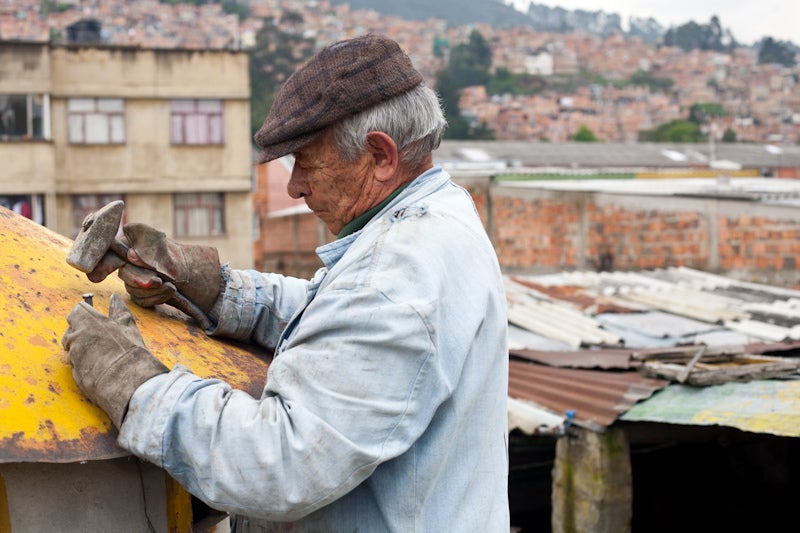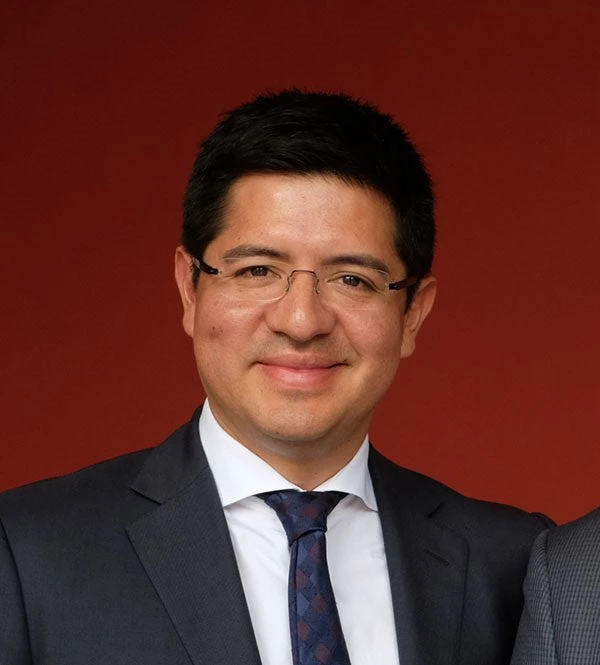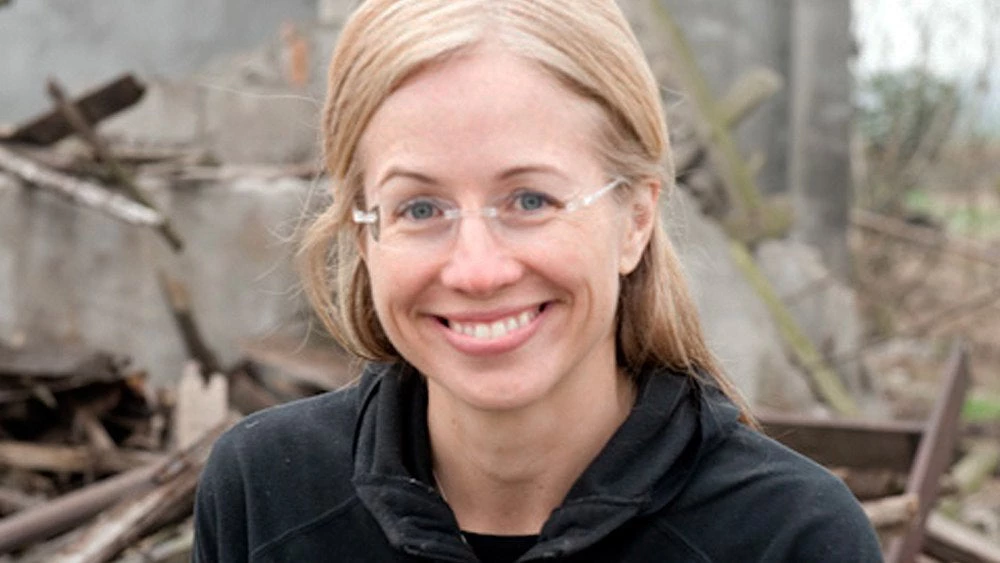
The demand for decent, affordable – and safe – housing for growing urban populations is a nagging problem for financially strapped governments throughout the developing world. According to McKinsey & Co., a third of the world’s urban population – 1.6 billion people – will be hard pressed to obtain decent housing by 2025.
Housing policymakers, however, have undermined their capacity to increase the supply of good housing , quickly, by strapping themselves inside the myth that it is always better to build new homes rather than strengthening existing ones.
In Colombia, for example, 98% of all housing subsidies fund the acquisition of a new house or apartment; almost nothing goes to retrofitting existing homes to withstand the forces of nature and the tests of time.
While new construction may be a more attractive way to create schools, hospitals, and other public infrastructure, housing is a bigger, more pressing and complicated problem that may have a simpler solution: Bringing existing housing up to a decent standard of safety through retrofitting.
It’s not only a more efficient way to deploy limited government subsidies, but also a strategy to leverage these public funds with another private source in reach of governments: homeowners.
This should come as welcome news for government budget directors, well aware that most of the people who need housing can neither afford the purchase price of a new home or qualify for a bank loan. In Latin America, for example, only 10% of home-owning families had taken out a loan to purchase their house, apartment or land.
Nor can any government on earth afford to hand out subsidies to help every needy family to purchase a new housing unit.
To improve housing, save lives, and build disaster-resilient cities and communities, we propose a two-fold strategy for financing a retrofitting program in less risky areas, where housing has been built with decent materials:
- Rebalance current housing subsidies so that at least one third of housing subsidies goes toward retrofitting existing homes;
- Create incentives for households to combine retrofitting with investments in improving and expanding their own properties.
A housing retrofitting program also has multiple policy pluses:
- People-centered. In the developing world, people improve and expand their homes incrementally. Retrofitting should make sure that no earthquake or hurricane can take their dreams away. Microfinance products combined with retrofitting subsidies could allow families – in one single intervention – to add a second story, repair their leaky roof, or improve their kitchens or toilets, which would increase quality of life for the occupants while adding resilient housing solutions to the market and increasing density in already serviced settlements. This would not only make good economic use of their assets but also open doors for rental and insurance markets.
- Massive but rapid. An expert eye can make a structural assessment of a one to two floor house within 15 minutes; and a multifamily building in less than 45 minutes. Technology could even help to automatize this process.
- Affordable. Overall, the upfront engineering cost is very low. Recent research in Indonesia, Haiti, Nepal, Colombia, Peru and Guatemala shows that structural retrofitting could cost anywhere between 1% and 20% of the value of the property.
- Standardized. While every building is unique, the retrofit solutions and techniques that could raise a building to minimal safety standards are no different than those used in new constructions – columns, beams, plaster, etc.
- Simple. Although the techniques involved or the materials (e.g. wood, concrete or brick) may vary, the overarching engineering principles are similar. In some cases, homeowners could do the retrofitting by themselves or with the help of local builders.
- Formal. Retrofitting is the pathway to formality. Through a streamlined administrative process, it could be possible to add legal protection to the increased physical security achieved by the retrofitting.
- Measureable. The vulnerability of housing to natural disasters is one of the government’s biggest worries. That vulnerability can be measured and reduced, which means that retrofitting programs could help governments take risk off their books.
But any housing official who initiated a policy to retrofit houses would be rewarded with improving the fortunes and saving the lives of people—especially the poor—in the next hurricane or earthquake.
To further the discussion with stakeholders and policymakers, the World Bank-supported Global Facility for Disaster Reduction and Recovery (GFDRR), along with international partners, are hosting a special plenary event at the World Reconstruction Conference 3 (WRC3) on housing on June 7. The plenary session will focus on housing recovery in a transformative manner that both reduces risks and builds urban resilience in increasingly dense and complex settings. Disaster risk management specialists from the World Bank, housing minsters from various governments, and private-sector representatives are set to share lessons on large-scale recovery programs. Follow @GFDRR @WBG_Cities and #WRC3 on Twitter.
Related:
- To build resilient cities, we must treat substandard housing as a life-or-death emergency
- Building more affordable and disaster-resilient housing in Latin America and the Caribbean: a few policy ideas
- Retrofitting: A housing policy that saves lives
- Subscribe to our Sustainable Communities newsletter
- Follow us on Twitter (@WBG_Cities) and Flipboard




Join the Conversation